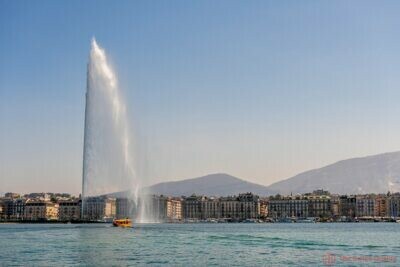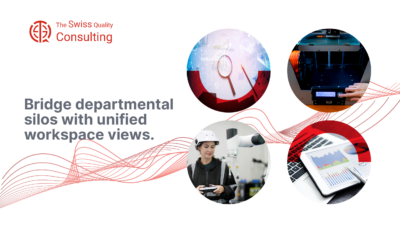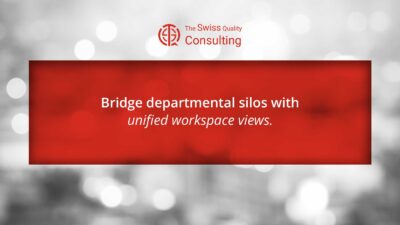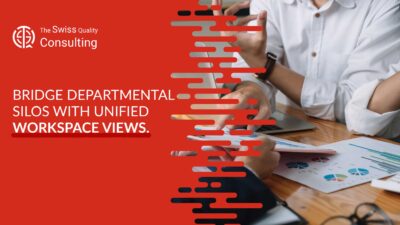Corporate Identity:Designing a corporate environment is akin to creating a beautiful, modern, sleek home. The aesthetics matter, but more crucial is the harmony between design and the unique lifestyle it caters to. In the realm of business, this sentiment holds true – the design of your workspace should seamlessly align with your corporate DNA and the way your team operates. As we explore the intricacies of effective workspace design, we uncover the nuances that bridge aesthetics with functionality, creating an environment that not only impresses but enhances productivity and business success.
The Allure of Aesthetics: Crafting a Workspace Magazine-Worthy
Magazines showcase stunning homes, each a masterpiece of modern design. Similarly, the allure of a well-designed office space is undeniable. The sleek lines, contemporary furniture, and curated decor create an environment that exudes professionalism and sophistication. However, the allure alone is not enough; the design must go beyond surface beauty and seamlessly integrate with the practical needs and work styles of the employees.
Functional Elegance: Where Aesthetics Meets Utility
Functionality is the cornerstone of effective workspace design. While a beautifully designed space can make a striking impression, it must also serve the practical needs of the team. Desks, meeting rooms, and collaborative spaces should be strategically placed, fostering communication and workflow. The balance between aesthetics and utility is where the true elegance of a workspace emerges.
Corporate DNA: Tailoring Design to Fit Your Business Identity
Every business has its unique identity, its own corporate DNA. This identity should be mirrored in the workspace design. For example, a tech startup might opt for an open and collaborative layout to encourage innovation, while a law firm may prefer a more traditional and private setup. The design should be a reflection of the company’s culture, values, and the nature of its work.
Harmony in Design: Creating a Symbiotic Relationship
Workspace design is not just about placing furniture; it’s about creating a symbiotic relationship between the physical environment and the people who inhabit it. Consider the flow of work, the need for privacy, and the demand for collaborative spaces. A harmonious design ensures that the workspace enhances productivity, aligning seamlessly with the daily activities of the team.
The Lifestyle of Work: Adapting Spaces to Suit Daily Operations
Just as a home must suit the lifestyle of its inhabitants, a workspace should cater to the daily operations of the business. If your team thrives on collaboration, ensure there are open spaces and meeting rooms readily available. If individual focus is crucial, incorporate private workstations. The design should be adaptable to the evolving needs of the business.
Agile Spaces: Facilitating Change and Growth
Businesses are dynamic entities, subject to change and growth. The workspace design should be agile, capable of accommodating shifts in team structure, technology upgrades, and expansion. An agile design allows for seamless transitions without disrupting the core functionality of the workspace.
Maximizing Productivity: The Impact of Design on Employee Performance
Employee performance is intricately linked to the workspace environment. A well-designed office can inspire creativity, foster collaboration, and boost morale. On the contrary, a poorly designed space can lead to inefficiencies, communication barriers, and a decline in overall job satisfaction. Understanding the psychology of design is crucial to maximizing productivity.
Psychology of Design: Influencing Behavior and Well-being
Colors, lighting, and spatial layout can influence employee behavior and well-being. For instance, natural light has been linked to increased productivity and mood enhancement. Understanding the psychological impact of design elements allows businesses to create a workspace that not only looks good but promotes a positive and productive atmosphere.
Conclusion: Corporate Identity
Designing a workspace is not a mere aesthetic endeavor; it’s a strategic decision that influences the core operations and success of a business. As business executives, mid-level managers, and entrepreneurs, the focus should not solely be on creating a visually stunning office but on crafting a workspace that matters – one that aligns with your corporate DNA, suits the lifestyle of your work, and maximizes productivity. In the intricate dance between design and functionality, lies the secret to a workspace that not only looks good on the surface but is deeply ingrained in the success story of your business.























